Moroccan style is perhaps one of the best examples of just how unique regional variants of Middle Eastern style can be, and how effective Middle Eastern interior design is at integrating foreign motifs. It is an eclectic blend of Arabian, Berber, Spanish, French, and Flemish design cues that make for a very textured and beautiful design. As with many Mediterranean styles, the Moroccan style makes good use of colorful tiles, bold colored textures that reflect the colors of the sky and of the desert, and ornate doors drawn from traditional motifs and framed by distinctive white stucco walls.
Moroccan furniture is also quite distinctive, featuring intricately carved designs made of brass and copper that line solid wooden pieces of furniture, and comfy ottomans that are overstuffed and upholstered with wonderful colors. Continuing the tile design, coffee tables will often be topped with inlaid tile designs that can echo the designs on walls and floors for added dimension.
Common Elements of Middle Eastern Interior Design
While Middle Eastern design is quite varied, there are definitely some general common qualities that are worth taking note of. These distinctive elements are what set the design style apart, making it a perfect choice for anyone who wants their interior design to stand out without being too ostentatious.
Traditional Inspiration
One crucial detail to understand about Middle Eastern design is the traditional inspiration that permeates it on every level. Traditional design cues are central to the style, even in more modern versions. What this means is lots of non-figurative forms, meaning geometric patterns, arches, and window lattices. The reliance on geometric patterns is an especially important element as traditional designs typically avoid images or illustrated depictions.
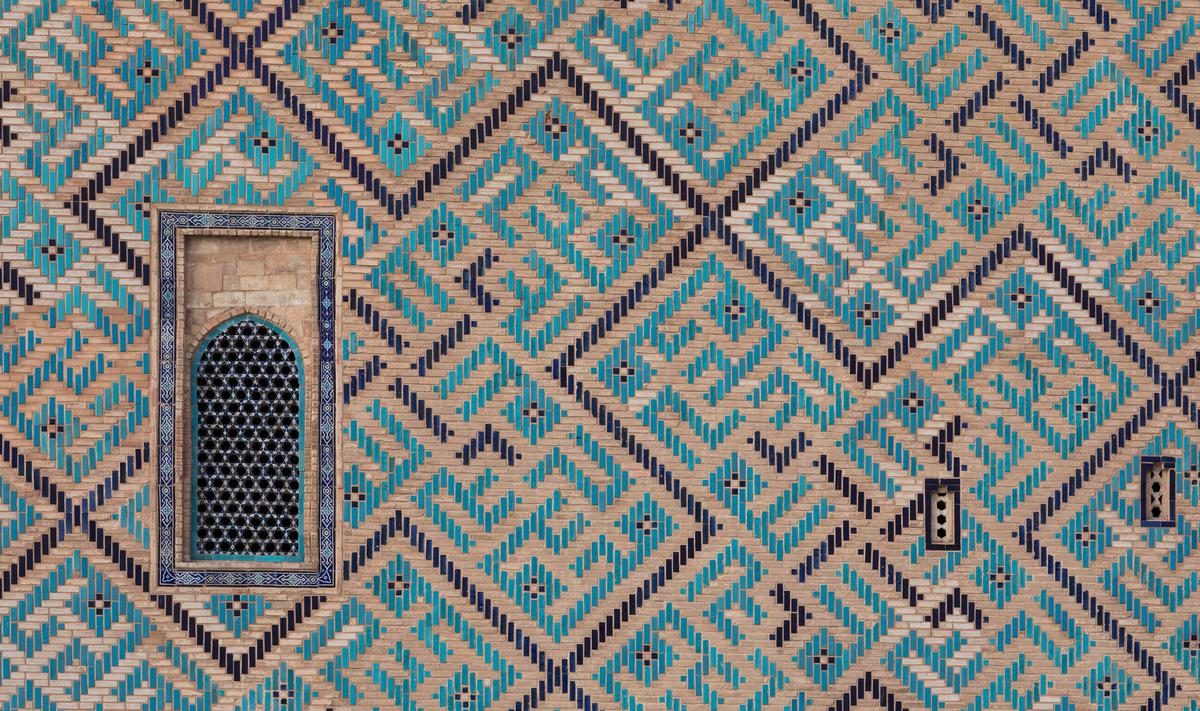

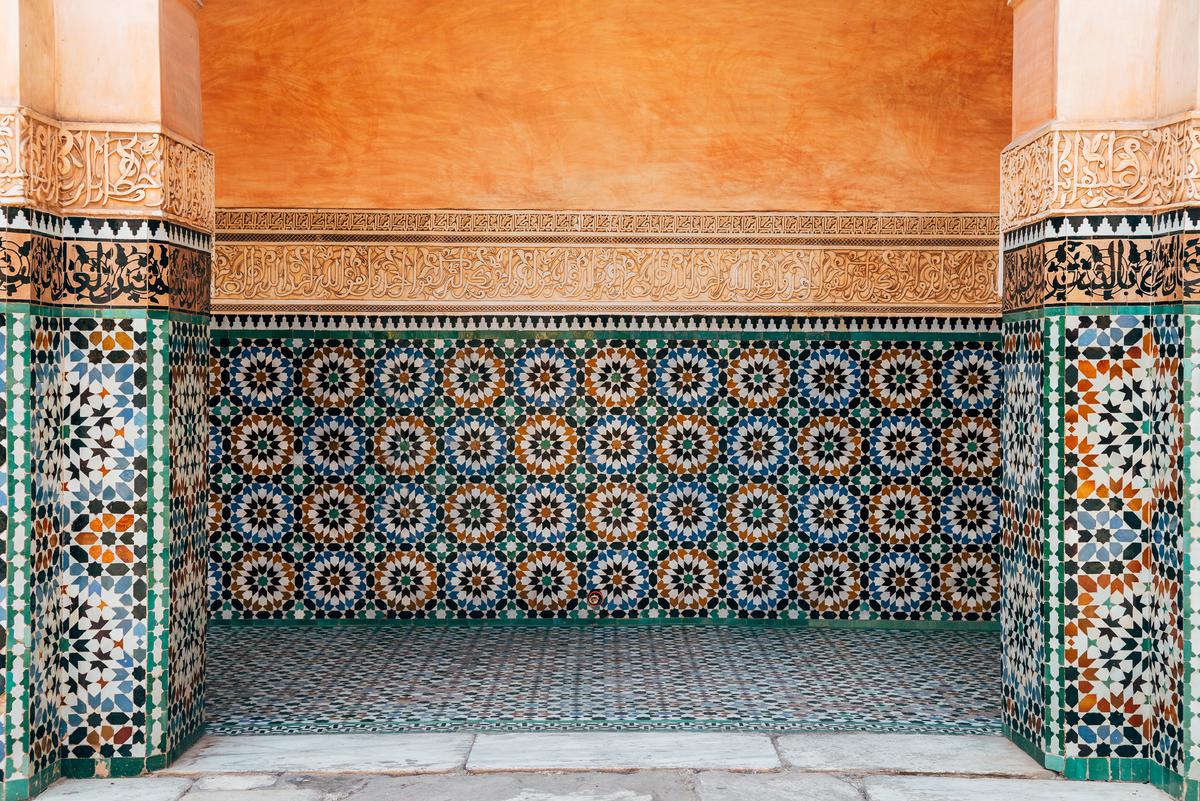

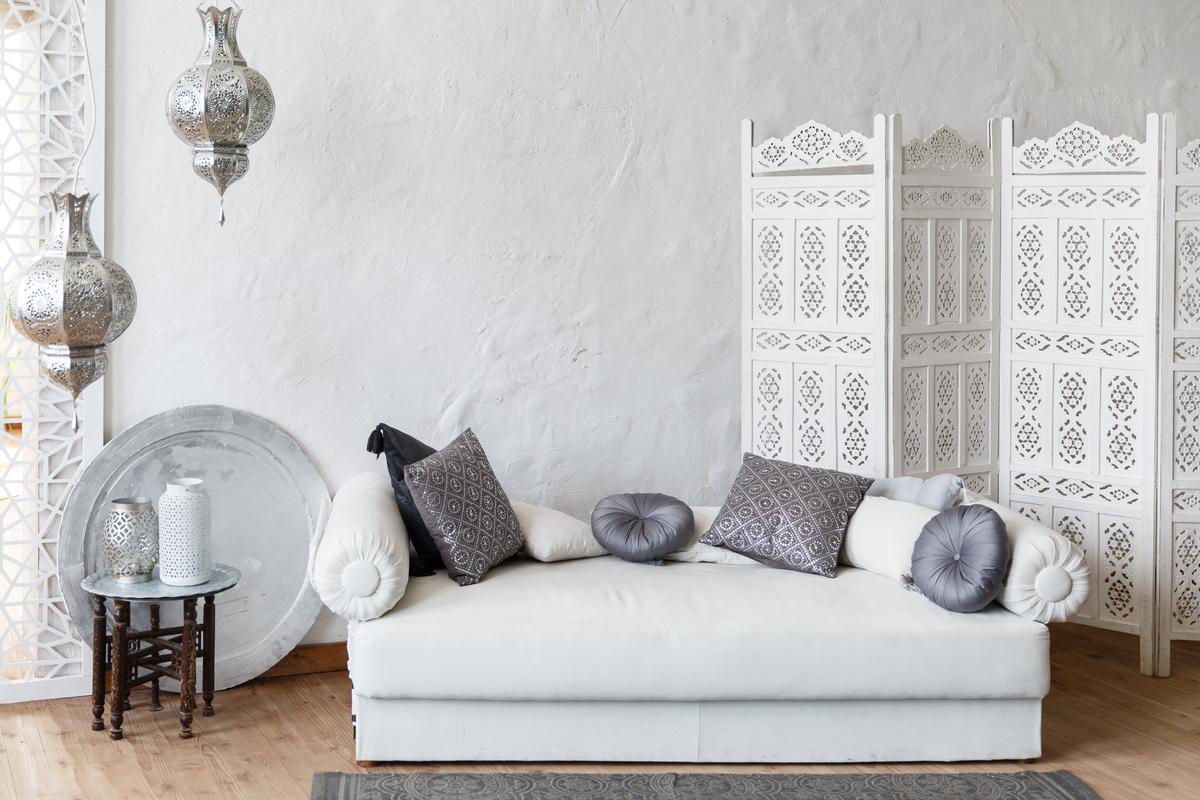
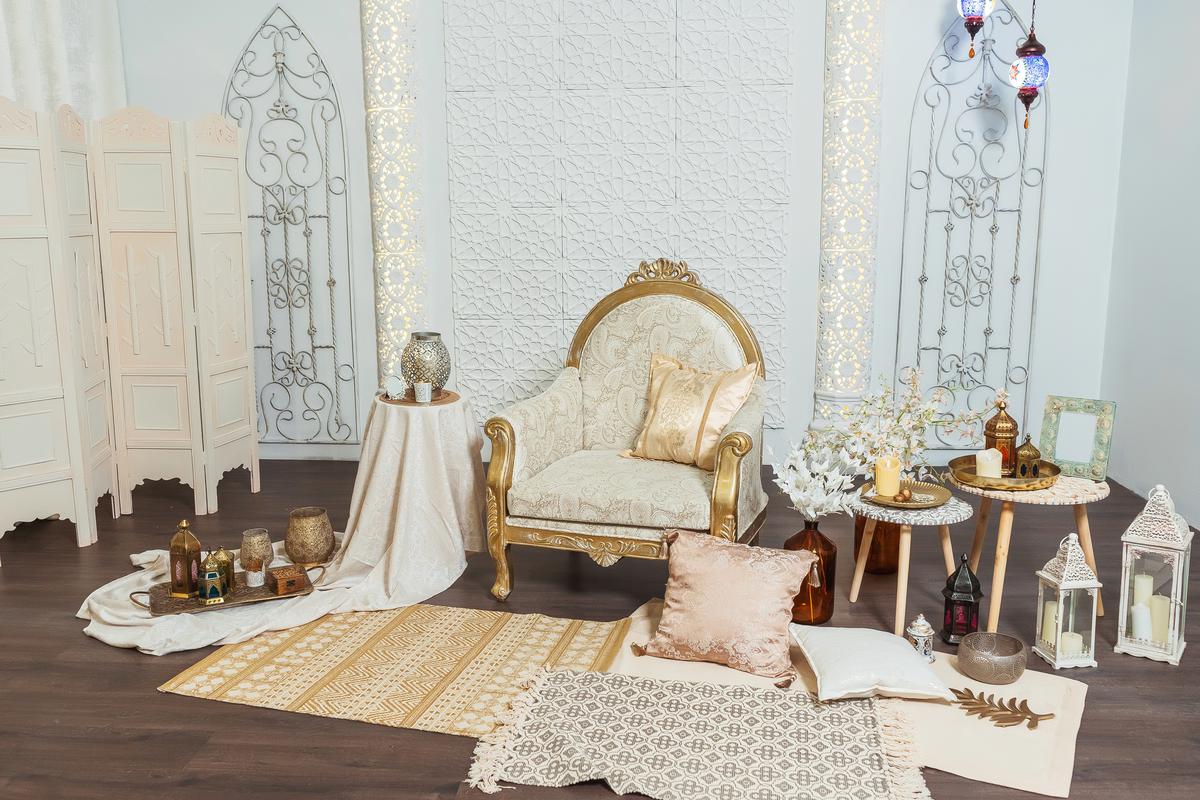
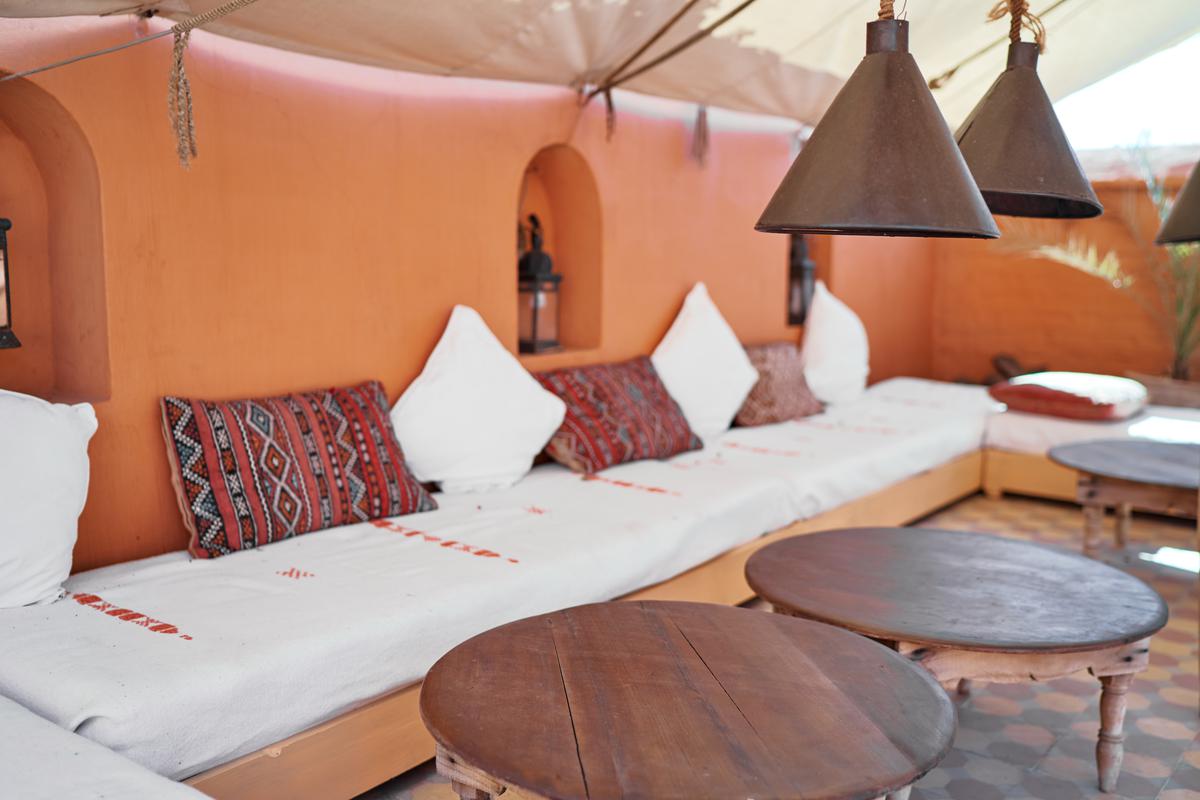
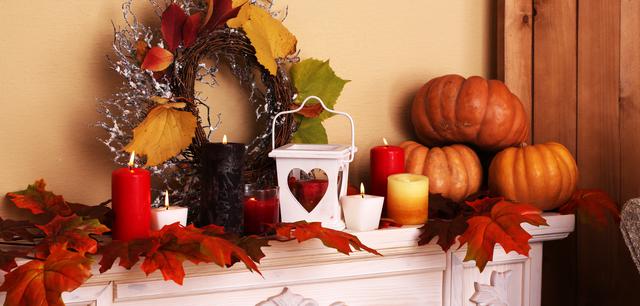

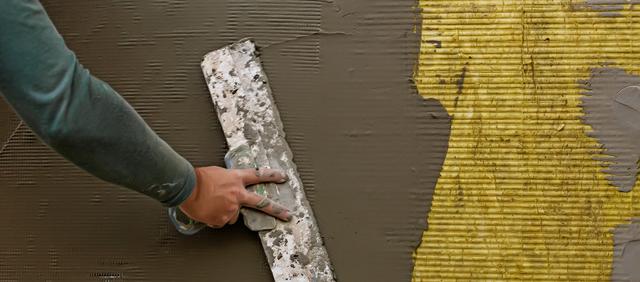

comments